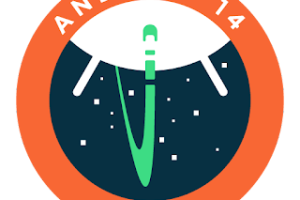According to Google, the main thrust of Android 13 is towards privacy and security, developer productivity and improvements for tablets and large screens.
Pictured above is the Photo Picker facility, giving the ability to select only specific photos and videos an application can access access, as opposed to the whole media library.
Seang Chau, VP of Engineering at Google, highlighted optimisations throughout ART (Android Runtime, the application runtime environment used by the Android OS, which replaced Dalvik):
“In Android 13, ART makes switching to and from native code much faster, with JNI calls now up to 2.5x faster. We’ve also reworked the runtime’s reference processing to make it mostly non-blocking, which further reduces jank. We’ve exposed a new public API,
Reference.refersTo(), which is useful in reclaiming unreachable objects sooner, and we’ve made the interpreter faster by optimizing class/method lookups.Lastly, ART now performs more byte-code verification at install time, avoiding the expense of verification at runtime and keeping app startup times fast.”
Sameer Samat, VP of Product Management for Android & Google Play, picked out the presence of Bluetooth LE Audio:
“Android 13 adopts Bluetooth Low Energy (LE) Audio, a new Bluetooth audio standard that results in lower latency than classic audio. This allows you to hear audio that’s in better sync with the sound’s source, reducing delay. With Bluetooth Low Energy (LE) Audio, you can also enjoy enhanced audio quality and broadcast audio to multiple devices at the same time.”
System images for Pixel devices are available for manual download and flash, and you can get the latest Android Emulator system images via the SDK Manager in Android Studio.
The publicly available Android 13 source can be found in the Android Open Source Project repository under the Android 13 branches.
The planned Android 13 timeline, as it was, is pictured below:
See also: Careful with that media library, Android
 Electronics Weekly Electronics Design & Components Tech News
Electronics Weekly Electronics Design & Components Tech News






